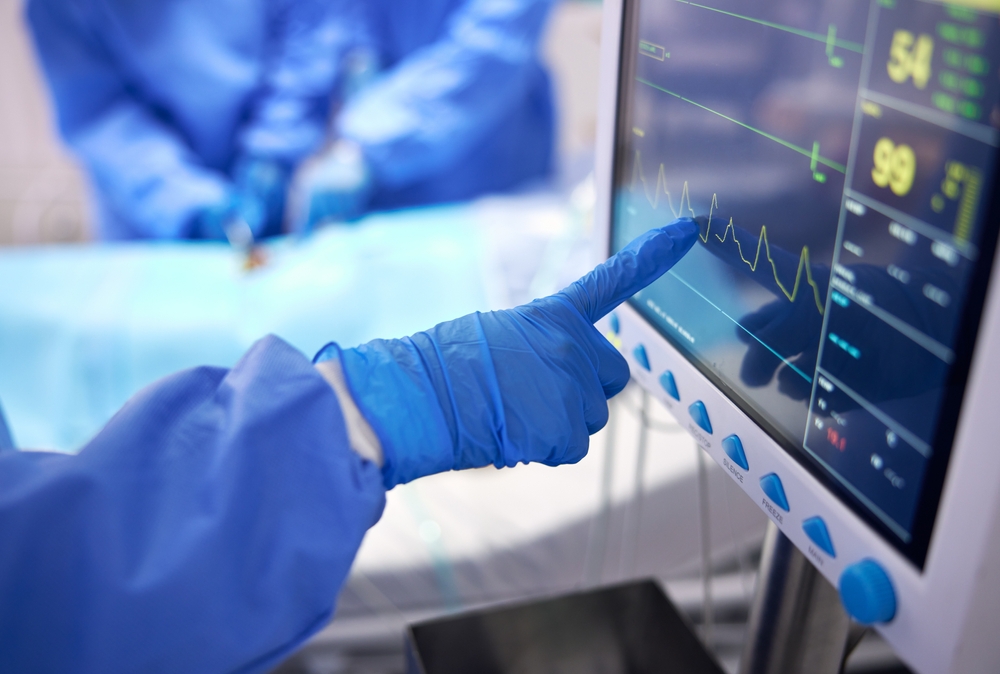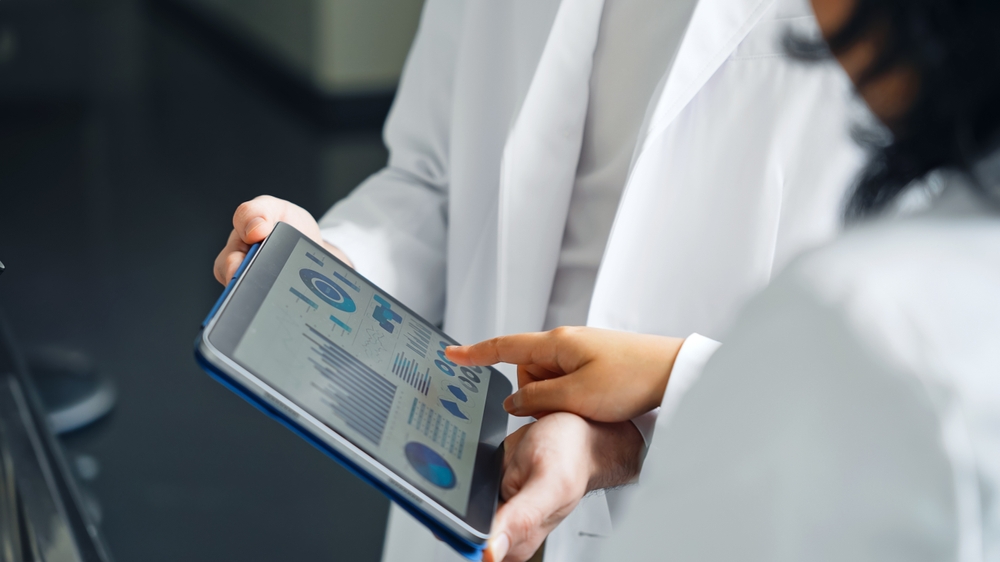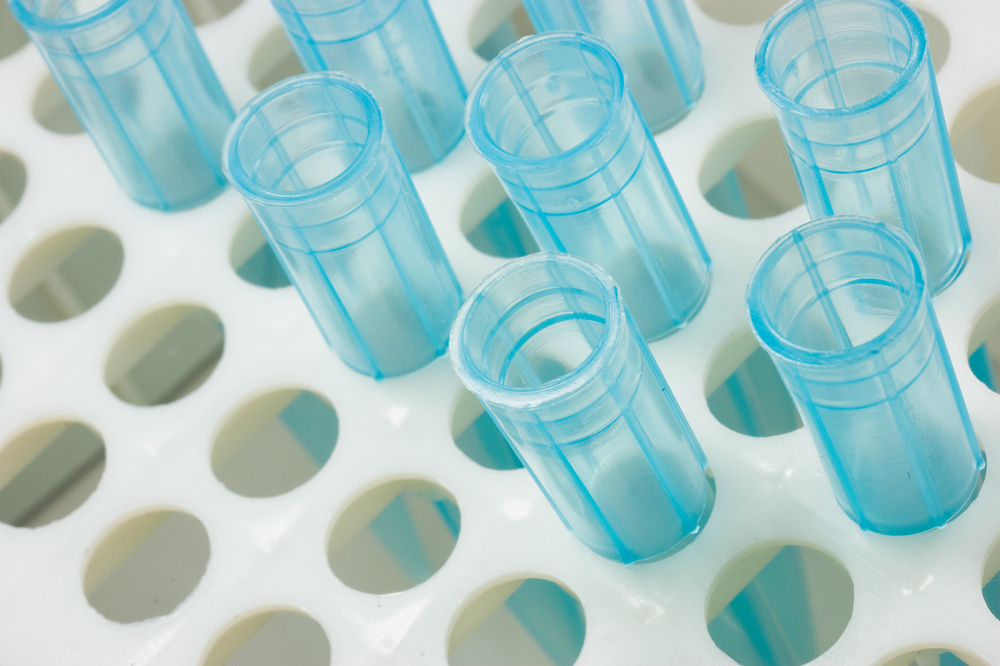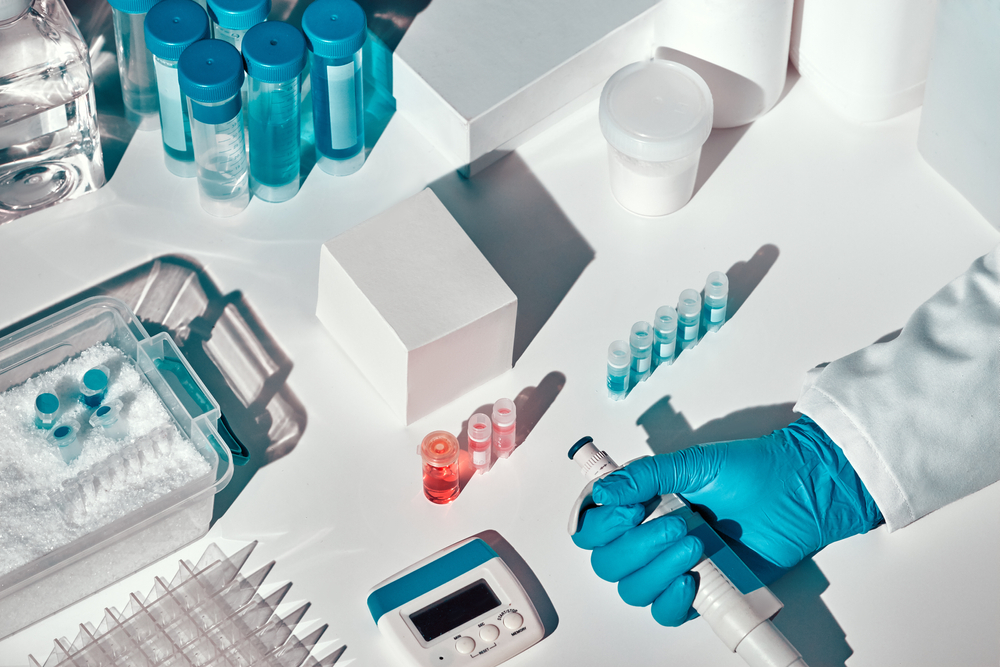In the fast-paced world of healthcare, a medical product’s journey doesn’t end with its approval for market entry. Post-market surveillance (PMS) plays a pivotal role in ensuring that these products continue to meet the safety and efficacy standards expected by healthcare professionals and regulatory bodies. For organizations like Acenth, a Clinical Research Organization (CRO) operating in the USA and China, PMS is a regulatory requirement and a critical component of their commitment to patient safety and product performance.
The Necessity of Post-Market Surveillance
Once a medical device or pharmaceutical product is launched, real-world use can unveil new information that wasn’t apparent during clinical trials. Clinical environments are controlled, but the real world is unpredictable. Factors such as patient diversity, varying healthcare practices, and unforeseen interactions with other products can all impact a product’s safety and efficacy. Post-market surveillance is essential for capturing this data, ensuring that healthcare professionals have the most up-to-date information to make informed patient decisions.
In the USA and China, regulatory landscapes require stringent post-market surveillance to identify and mitigate risks that might not have been evident before market approval. For Acenth, operating in these diverse environments means adhering to local regulations and understanding the nuances of each market to implement effective surveillance strategies.
Key Components of Post-Market Surveillance
- Data Collection and Analysis
The cornerstone of post-market surveillance is robust data collection and analysis. This involves gathering real-world data from various sources, including healthcare providers, patients, and social media. For healthcare professionals, the data collected provides crucial insights into how a product performs across different patient populations and in varied healthcare settings. Advanced analytics tools can help identify trends and patterns indicating emerging risks or efficacy issues. - Adverse Event Reporting
A critical aspect of post-market surveillance is the systematic reporting and analysis of adverse events. These events are incidents where the use of a medical product may have resulted in an undesirable effect. Healthcare professionals are often the first to observe these events, making their role in reporting vital. In both the USA and China, adverse event reporting systems are integral to the regulatory framework, ensuring that potential risks are quickly identified and addressed. - Risk Management and Mitigation
When post-market surveillance identifies potential safety concerns, it triggers risk management protocols. For Acenth, this means implementing strategies to mitigate these risks, which could involve updating product labeling, conducting additional studies, or even conducting product recalls. The goal is to minimize any adverse impacts on patient health and ensure that healthcare professionals can continue to trust their products. - Periodic Safety Update Reports (PSURs)
Regular reporting through PSURs is a regulatory requirement that ensures continuous monitoring of a product’s safety profile. These reports summarize data collected through post-market surveillance and provide an ongoing assessment of a product’s risk-benefit balance. For healthcare professionals, PSURs are a valuable resource for staying informed about the latest safety information regarding their products. - Proactive Surveillance Measures
Beyond reactive measures like adverse event reporting, post-market surveillance involves proactive strategies. These might include registries, observational studies, and long-term follow-ups that provide ongoing data on product performance. For Acenth, proactive surveillance is essential in the dynamic healthcare environments of the USA and China, where early detection of potential issues can prevent more significant problems.
The Role of Technology in Enhancing PMS
Technology is revolutionizing post-market surveillance, making it more efficient and effective. Digital health tools, electronic health records (EHRs), and big data analytics allow for more comprehensive data collection and faster identification of safety signals. In the USA, the integration of PMS with EHR systems enables real-time data monitoring, while in China, advancements in AI and machine learning enhance the predictive capabilities of surveillance systems.
For healthcare professionals, these technological advancements mean better, faster access to critical information. Acenth’s adoption of cutting-edge technologies ensures that they can offer healthcare providers in both markets the tools they need to maintain high standards of patient care.
Challenges and Opportunities in Post-Market Surveillance
Despite its critical importance, post-market surveillance is not without challenges. Data privacy concerns, particularly in the context of stringent regulations like HIPAA in the USA and China’s Cybersecurity Law, can complicate data collection efforts. Additionally, the sheer volume of data generated requires sophisticated systems for analysis and interpretation.
However, these challenges also present opportunities. As data analytics and machine learning technologies continue to advance, the potential for more precise and proactive post-market surveillance grows. For Acenth, investing in these technologies is not just about meeting regulatory requirements but about pushing the boundaries of what’s possible in healthcare safety.
Impact on Healthcare Professionals
For healthcare professionals, the insights gained from post-market surveillance are invaluable. They provide a deeper understanding of a product’s real-world performance, enabling better patient outcomes. Moreover, PMS data can influence clinical guidelines and treatment protocols, ensuring they reflect the latest evidence. In the USA and China, where healthcare practices differ significantly, PMS helps bridge the gap, providing consistent data supporting high-quality care across diverse settings.
Healthcare professionals are encouraged to actively participate in post-market surveillance efforts, whether by reporting adverse events, participating in studies, or staying informed about the latest safety updates. Their involvement is crucial in maintaining the delicate balance between product innovation and patient safety.
Ongoing Commitment to Safety and Efficacy
The journey of a medical product from concept to market approval is long and complex, but it doesn’t end there. Post-market surveillance is an ongoing process that ensures continued safety and efficacy throughout a product’s lifecycle. For healthcare professionals, staying engaged with PMS efforts is essential for providing the best possible care to their patients.
At Acenth, the commitment to post-market surveillance is a testament to its dedication to healthcare excellence in the USA and China. By continually monitoring and improving product performance, it ensures that healthcare professionals can trust the tools they use every day.
As we look to the future, the role of post-market surveillance in healthcare will only grow in importance. With the advent of new technologies, personalized medicine, and an increasingly complex regulatory environment, PMS must evolve to meet these challenges. Healthcare professionals can expect to see more integrated, data-driven approaches to surveillance, leading to faster, more accurate assessments of product safety and efficacy.
For Acenth, staying at the forefront of these developments is not just about compliance but about leading the way in patient safety and product innovation. As they continue to expand their operations in the USA and China, their ongoing commitment to post-market surveillance will remain a cornerstone of their mission to support healthcare professionals worldwide.
Sources:
- Finkelstein, J. (2020). The Evolution of Post-Market Surveillance: From Reactive to Proactive. Journal of Regulatory Science.
- Chen, L., & Li, J. (2019). Post-Market Surveillance in China: Challenges and Opportunities. Asian Journal of Pharmaceutical Sciences.
- Walker, S., & Thompson, M. (2021). The Role of Big Data in Enhancing Post-Market Surveillance. International Journal of Medical Informatics.





















